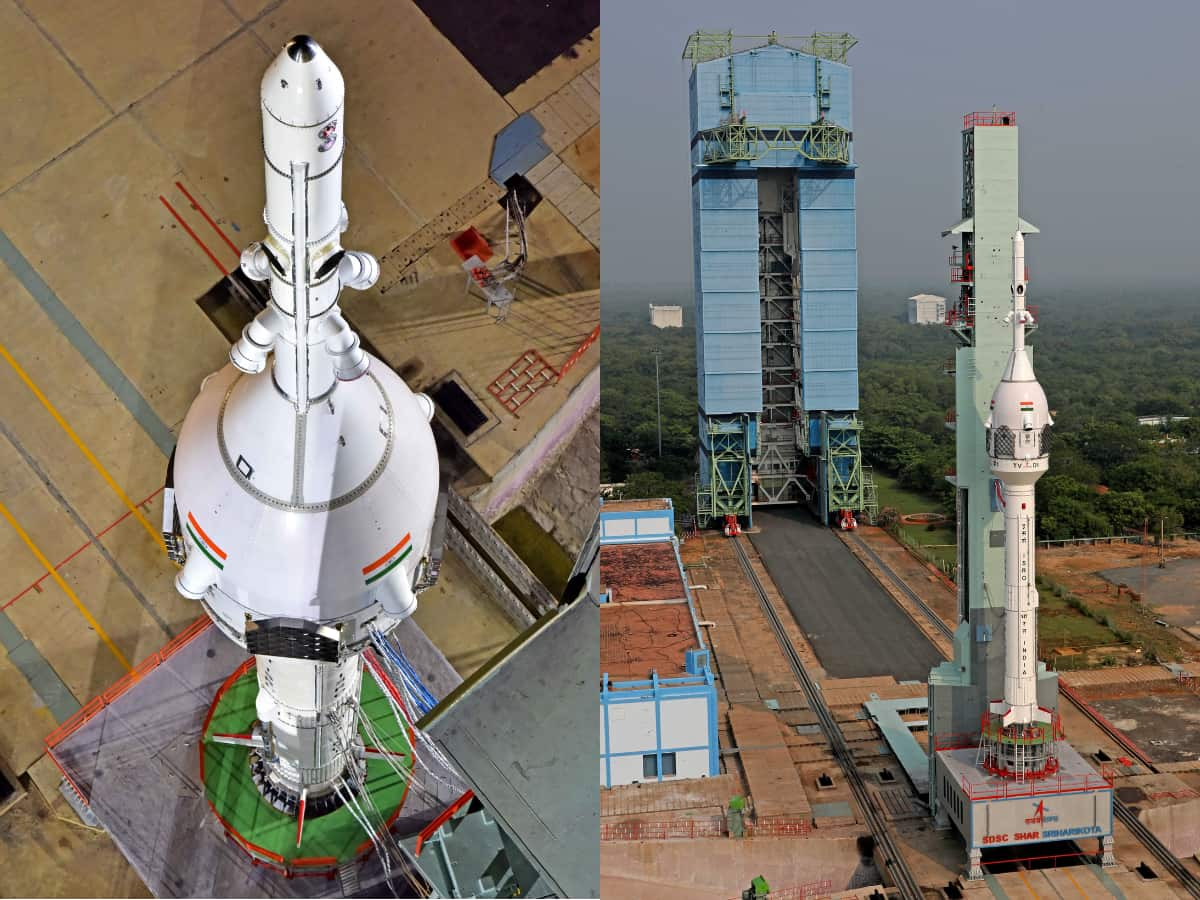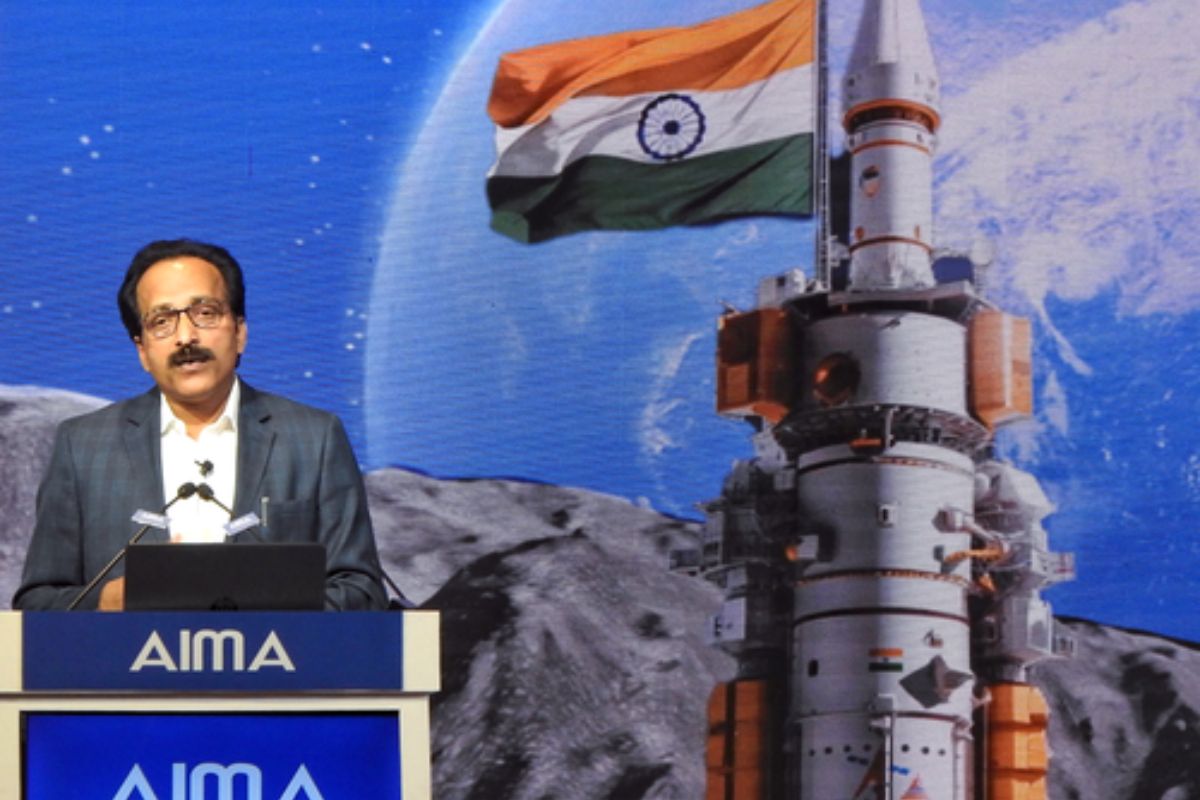Gaganyaan Test Flight Ahead of Sending Man into Space Launched: Opening Doors to India’s First Human Space Mission in 2025
India launched first test flight for Gaganyaan spacecraft, opening the doors to India’s first human space mission anticipated to happen in 2025.

Gaganyaan Test Flight Ahead of Sending Man into Space Launched: Opening Doors to India’s First Human Space Mission in 2025
Indian Space Research Organisation (ISRO), the country’s space agency, completed the very first of several test flights for its Gaganyaan spacecraft safely on Saturday, marking a significant advancement in India’s ambitious space program. The essential Crew Escape System (CES) was put to the test during Test Vehicle Demonstration 1 (TV-D1), which was designed to verify whether the spacecraft could safely abort the mission in the event of a breakdown. India’s second attempt of the day was launched at 10:00 local time from Sriharikota; the first attempt had been delayed briefly owing to weather-related concerns.
The test, known as Test Vehicle D1 (TV-D1), suffered a brief setback earlier in the day’s proceedings when an ‘anomaly’ forced a hold just a few seconds before the originally scheduled lift-off. Despite this, ISRO was able to resolve the issue during the course of the day because to their quick response as well as problem-solving skills.
Addressing the Anomaly: A Swift Response
“Engine ignition has not happened in the nominal course due to an anomaly. We have to find out what went wrong. The vehicle is safe.” ISRO Chief S Somanath explained to a group of reporters. The ground support computer, which was in charge of monitoring the launch, identified the abnormality and, serving as a precautionary step, deferred lift-off.
ISRO’s experience, on the other hand, shined through as they rapidly recognized as well as fixed the problem. “There was a monitoring anomaly in the system. We could identify and rectify it very fast. Congratulations to everybody. It is a big training for everybody here to prepare for the Gaganyaan programme… happy that the launch could happen within the allocated launch window,” a thrilled Somanath remarked shortly after the successful accomplishment of the launch.

A Stepping Stone to Human Spaceflight
This significant test is a prelude to India’s ambitious Gaganyaan mission, which intends to launch people into space and place them in a 400 km low Earth orbit for three days before returning them to the planet safely. This initial test’s main goal was to acquire crucial information about the effectiveness of the crew escape system, a vital piece of equipment that ensures astronauts’ safety in the event of emergencies while on the trip.
Following this productive test, ISRO intends to carry out a second test flight, this time with Vyommitra, the female robot astronaut, as the advanced payload. Prior to the final manned Gaganyaan mission in 2025, on this unmanned mission, which is scheduled for the following year, the spacecraft’s capabilities will need to be further evaluated.
India’s Stellar Space Ambitions
India’s space program has advanced quickly, setting important benchmarks for a fraction of the expenditures incurred by other advanced spacefaring countries. India made history in August when it joined China, the United States, as well as Russia becoming the fourth country to successfully land an unmanned spaceship on the surface of the moon. The nation also has ambitions to conduct an orbital mission to Venus within the course of the next two years and to work with Japan on a collaborative Moon mission by 2025.
The nation’s commitment to space investigation as well as its resolve to join the ranks of nations pioneering human spaceflight are both reinforced by today’s successful test flight, which comes as India makes progress in space exploration. Indian space technology prowess is expanding, as seen by ISRO’s ability to overcome obstacles with tenacity as well as expertise.

Critical Safety Measures Tested
During the test, the CES, which ISRO Chairman S Somanath termed as “a very critical system,” demonstrated its effectiveness. A ground computer identified an irregularity five seconds before the launch, which prompted a hold instruction. The problem was quickly recognized and resolved, assuring the mission’s safety. The successful launch demonstrated the spacecraft’s ability to relocate the crew 2 kilometres (1.2 miles) away from a malfunctioning rocket, to guarantee that they are secure in the event of an emergency.
Next Steps: Unmanned Missions and Humanoid Robots
Following the success of the TV-D1 mission, ISRO is now prepared to launch other unmanned missions, including one that would deploy the humanoid robot Vyommitra (also known as “space friend”) in an unmanned Gaganyaan spacecraft next year. These missions will open the door for a significant occasion: In 2025, India is expected to launch its first manned mission with three astronauts, becoming the fourth nation after the Soviet Union, the United States, as well as China to send people into space.
State-of-the-Art Technology and Preparations
A noteworthy technological accomplishment for India’s space program is the Gaganyaan spacecraft, which takes its name from the Sanskrit term for craft or conveyance to the sky. During the test flight, the craft’s cameras as well as additional devices collected vital information and pictures. Pilots from the Indian Air Force who were chosen for the crew underwent rigorous physical and psychological testing to make sure they were ready for the arduous trip into space.
India’s Growing Presence in Space
India’s recent breakthroughs in the exploration of space have piqued the interest of the international community. In August 2023, India launched Aditya-L1, its first observation mission to the Sun, after becoming the first country to land near the Moon’s south pole. The country has also laid out ambitious ambitions for its space program, with the goal of establishing a space station by 2035 as well as sending an astronaut to the Moon by 2040.
As India advances in the field of space technology, the successful Gaganyaan test flight demonstrates the country’s growing expertise as well as determination to explore the undiscovered areas of space.

A Triumph of Innovation and Determination
India’s most recent achievements in the field of space exploration, in particular the successful test flights of the Gaganyaan spacecraft, highlight the country’s growing technological as well as scientific capability. The Indian Space Research Organization’s smooth response to the abnormalities encountered while conducting the Gaganyaan test flights demonstrates not just their technical competence, but also their capacity to change and come up with solutions under pressure. This adaptability as well as drive are characteristics of a space agency that has succeeded in not only catching up with, but also challenging, established competitors in the global space race.
What is especially commendable is India’s dedication to space travel for humans. India’s Gaganyaan project is a perfect example of thorough preparation as well as strategic vision in spite of being a late entrant. The meticulousness of ISRO‘s preparations, which includes the testing of the spacecraft’s escape systems as well as the astronauts’ rigorous training, shows a commitment to assuring the mission’s successful completion along with safety.
The Gaganyaan spacecraft’s successful launch not only allows India to join the small circle of countries that have succeeded in sending people into space, but it also represents the nation’s unyielding spirit of exploration. India’s economical and effective approach to the exploration of space can be considered a role model for developing spacefaring countries as well as shows that ground-breaking accomplishments may be made regardless of financial constraints.
In addition to this, India’s combined initiatives with other countries, such as the ambitious orbital expedition to Venus as well as the proposed joint Moon mission with Japan, herald a new age of international cooperation in space research. These connections create worldwide cooperation, which is crucial for solving issues that extend beyond Earth, as well as scientific research in India.
India’s contributions to the expansive tapestry of space exploration are thriving. With each successful mission, the nation advances toward its lofty objectives while also kindling the creative faculties of generations to come which consist of various engineers, scientists, as well as dreamers. The successes of ISRO serve as a constant reminder that the spirit of exploration, creativity, and seeking out knowledge has no boundaries.
We must acknowledge the collective efforts of the scientists, engineers, as well as visionaries who have transformed unrestrained dreams into attainable realities every time, we commemorate India’s accomplishments in space. A tribute to human ingenuity as well as the constant desire to know more about the cosmos– India’s space excursion. It serves as a source of encouragement and inspiration, acting as a reminder that human beings may still aim for the stars as well as unravel the secrets of the universe if they remain committed, persistent, as well as carry with them a collaborative spirit.




